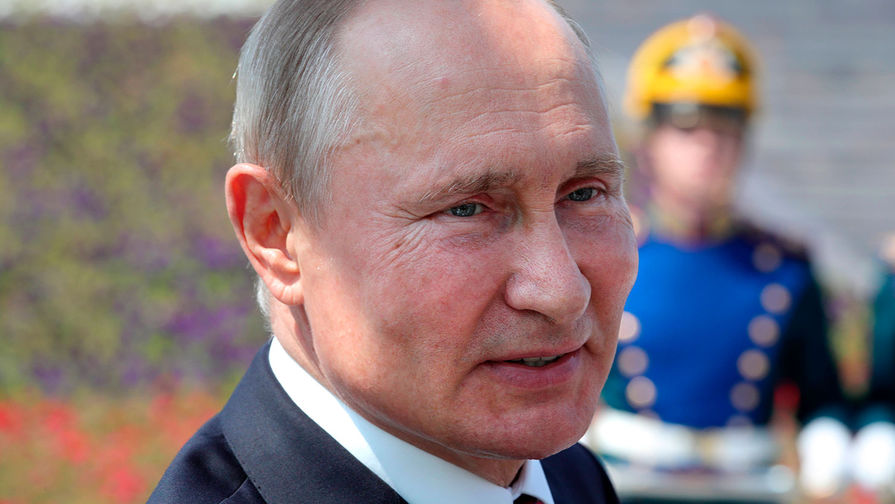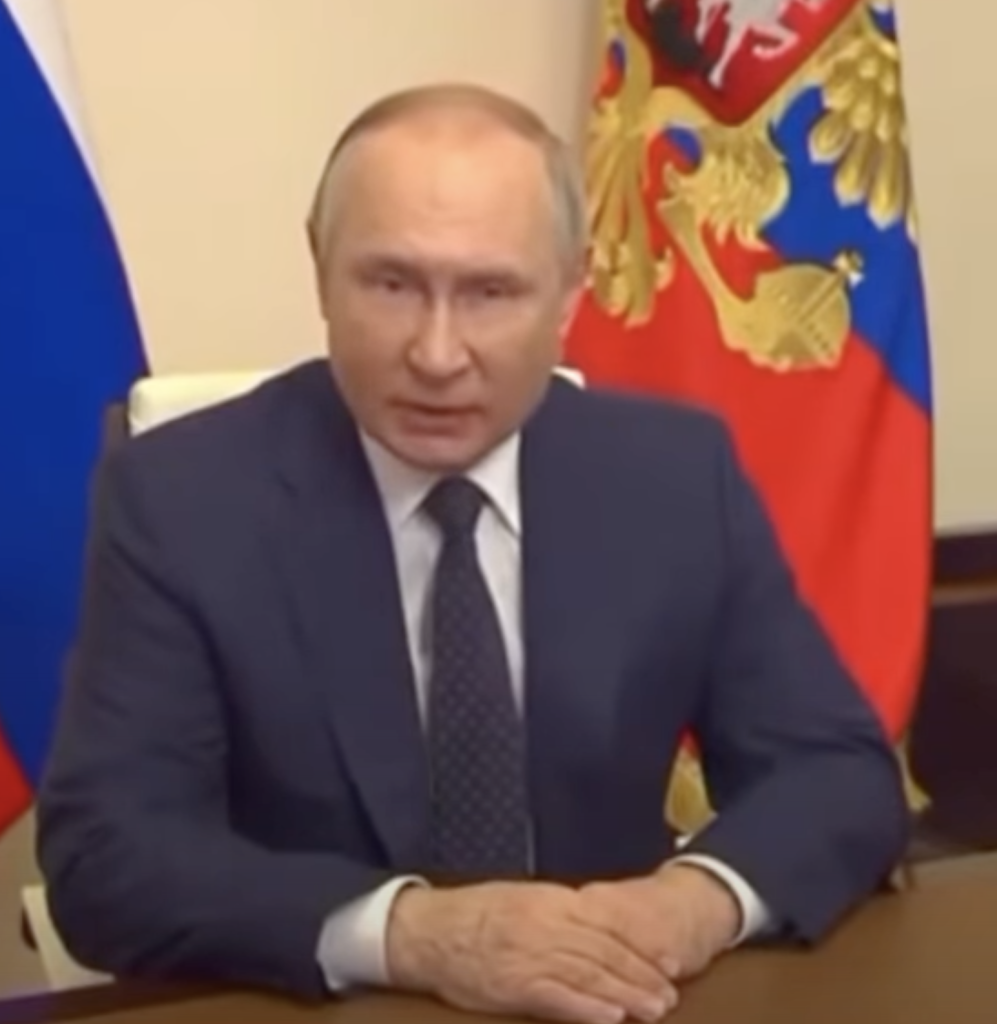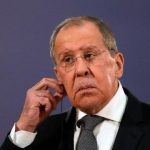With President Putin expected to resign, his health and mentality unlikely to let him rule the country till the end of 2022, Russia faces an ongoing power game. That’s a good look on possible scenarios for the supreme power transformation in Russia.
Some Russian political actors close to Putin have drastically changed their rhetoric, showing extreme radicalism and aggression, like deputy head of the Security Council, ex-Prime Minister Dmitry Medvedev. Amid military failures in Ukraine, in virtually isolated Russia, the ‘siloviki’, who openly defy Dmitry Medvedev, have gained influence. After leaving Russian presidential office, he has been abusing alcohol and showing too much of his eagerness to become Putin’s successor. With the last rhetoric, he wants to show he is able to maintain tight rule in the country and abroad. But Medvedev is opposed by Sergei Kiriyenko, a man who runs domestic policy in the presidential administration (and claims the presidency himself). Medvedev’s views are contrary to those of Patrushev and other people from “deep” KGB, which makes it hardly possible for him to survive in the political system after Putin. With anti-rating of 68%, he is unlikely to win the elections, considering current governance configuration in Russia.
That is why the aggression manifested by Medvedev is, first of all, a demarche against Patrushev, approved by Putin as successor, it is said in Russia, who is much more important for the security agencies.
At the same time, Medvedev is trying to compete with Chechen leader Ramzan Kadyrov, disliked by the ‘siloviki’, including Patrushev, as they are eager to minimize his impact by locking his powers and activity in Chechnya. The Kremlin understands that Kadyrov, due to mental problems (suffers from dyslexia), cannot claim the post of state leader:he has shown not just abnormal corruption in regional governance, but also exaggerated military capacity by the forces under his control. Kadyrov’s status, who is looking to expand his reach outside of Chechnya, irritates Russian ‘siloviki’, Presidential administration, and the government.
Putin pays so much attention to him solely because Kadyrov is ready to perform any task of the President, up to physically eliminating the rivals and regime’s opponents (e.g., assassination of Nemtsov, Politkovskaya). But this readiness may become the reason to get rid of Kadyrov himself, as he looks like a threat to someone close to Putin.
Kadyrov is practically a modern-day Grigory Rasputin, close to the Russian Tsar, assassinated by Russian elite in 1916. A year later, the revolution in Russia led to the collapse of the Empire. Today we observe similar dynamics: the role of WWI is played by the Russian invasion of Ukraine and Western sanctions against the Putin regime.
The approaching end of Putin’s rule brings high uncertainty to Russian government. That increases the possibility of clashes of top elites and influential inner groups in the power struggle, especially in the regions.
One of the conflict scenarios is political purge, initiated by Putin and the ‘siloviki’. That purge would have to eliminate all disloyal or hesitant people, and those who would run for the presidency if Putin suddenly stepped down. This scenario can be implemented with Kadyrov’s support, as he has had a series of meetings with security agencies in recent weeks. This scenario is likely as the opposition politician Yavlinsky, the President’s special representative for sustainable development Anatoly Chubais, the former prime minister and the People’s Freedom Party leader Mikhail Kasyanov, a member of the council for the development of civil society and human rights under President Ivan Zasursky have hastily gone abroad.
Another scenario involves domestic coup, after which the ‘siloviki’ will oust Putin, make him responsible for the state of play and mothball the regime in Russia. That way, they will try to negotiate with the West to reduce confrontation, provided the things in Russia are preserved. As a result, Putin’s entourage will stay in power, with initially low external aggression and conflict with the West. With security agencies involved, this scenario might unfold at the very final stage of power handover, when Putin’s health will put an end to the efforts by his entourage to ensure his rule.
Revolutionary spirit in Russia is unlikely now but may manifest in a demarche by regional elites.

Despite the sanctions, Moscow will keep on pushing the regions to fulfill their economic plans. Growing number of Russian troops killed in the war in Ukraine will also make regional authorities face the challenges they will not be able to meet: social payments, compensation. These dynamics undermine the Kremlin’s stance in the regions, and weaken the regime, depriving regional elites of prospects after Putin. As Putin steps down, that process will continue together with building new power vertical, with financial flows and property redistributed. The conflict of powers in some regions may trigger centrifugal dynamics. Assassination of Kadyrov himself, e.g., could become the impetus for a tough inter-clan fighting in Chechnya. Similar things may take place in other regions of the Caucasus, Tatarstan, or Idel-Ural.

Read also: What can trigger Russia’s fall?









